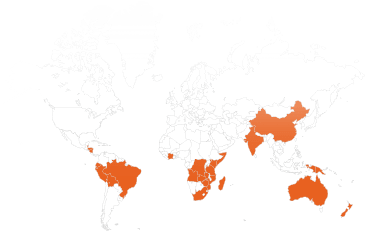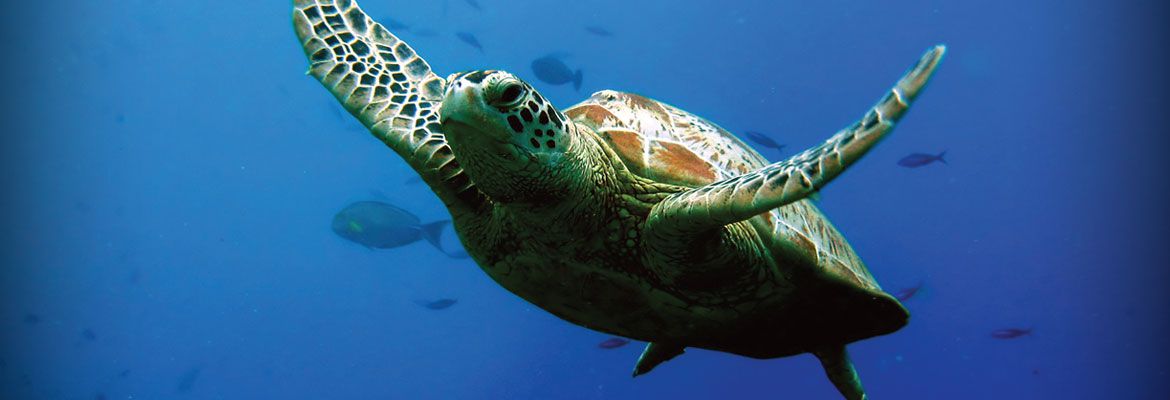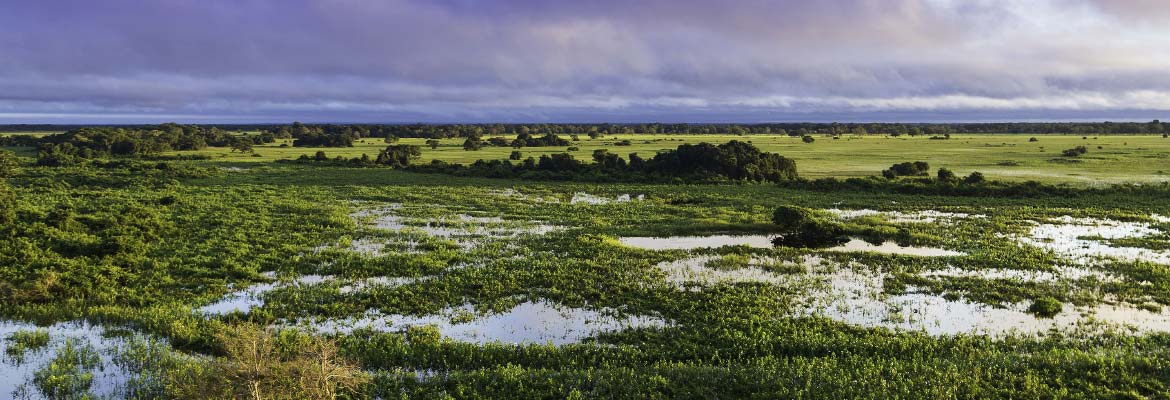Volunteer in Latin America
You can volunteer in Latin America as part of a gap year, or choose an internship project in locations such as Ecuador, Belize and Costa Rica. But be warned, you will fall in love!
Volunteering in Latin America is perfect for those wanting an ethical way to visit its famous biodiversity and its impressive natural features. Latin America yields the most biodiverse rainforest in the world, The Amazon Rainforest, which is home to more than half of all the world’s species of plants and animals. Volunteer or intern in Latin America and visit the highest waterfall in the world, Angel Falls, the largest river by volume, Amazon, the longest mountain range, The Andes and the driest place on earth, the Atacama Desert.
The richness of Latin American culture has developed from ancient traditions, colonial influences and the mixing of different ethnicities immigrating to the region. While there is a rich history and culture, however, income inequality is more prominent in Latin America than in most other continents. Volunteers in Latin America play an instrumental role in the continual sustainability and growth of our projects. There are many grassroots initiatives that understand the struggles of the communities they work within and are able to support them on multiple levels. From creating Healthy Kitchens in Peru to Building and volunteering in Belize on an organic farm, you can find a project that utilizes your skills and builds towards a better future.
Since Latin America is rich in natural resources, plants and animals, it has become a target for exploitation. That makes environmental and wildlife conservation projects an important aspect of the future of Latin America through education, research and hands-on work. If you want to take part in conservation volunteering in Latin America, we have amazing projects like Turtle and Marine Environmental Conservation and Education in Ecuador or Environmental Conservation on Biological Stations in the Amazon and on the Coast. These projects have made important and forward-thinking impacts in the world of conservation in line with the UN sustainable development goals.
Just as Latin America is diverse, the volunteer and intern programs that Kaya offers vary. Some of our volunteer projects in Latin America require Spanish-speaking skills, meaning you can enhance your language knowledge by adding Spanish lessons to your trip. After all, there is no better way to learn than to completely immerse yourself in the language. All our placements that require Spanish have been assessed in line with the Common European Framework for Languages (CEFR), to help the projects and volunteers understand what is needed to make the placement a success. Spanish and Portuguese are the majority languages in Latin America, however, you can find over 600 native languages throughout the continent. If you speak one of these languages and want to volunteer in Latin America make sure you let one of our placement advisors know!
Why Intern or Volunteer abroad in Latin America with Kaya?
- You can volunteer in Latin America on one of our projects for anywhere between 2-12 weeks.
- Kaya’s volunteer and internships in Latin America are available to start throughout the year.
- All of our projects work towards achieving the UN Sustainable Development Goals.
- Kaya provides all volunteers and interns with accommodation for the duration of their trip.
IMPORTANT INFORMATION
- Population – 347,369 (July 2015 estimate)
- Language – English (official language), Spanish, Creole, Mayan, German, Garifuna
- Religion – Catholic 40%, Protestant 30%, Jehovah’s Witness
- Currency – Belizean Dollar (BZD)
- Climate – tropical, very hot and humid, rainy season: May to November, dry season: February to May
FUN FACTS ABOUT LATIN AMERICA
It rains fish in Yoro, Honduras. ‘Lluvia de peces’ has been a spectacle for more than a century and occurs as much as four times a year! Scientists believe that strong winds and stormy weather are to be thanked for the fish falling phenomenon.
Latin American countries with intern and volunteer projects
Volunteer on Intern in Belize
Click here to checkout our varied volunteer projects or internships in Belize
Volunteer or Intern in Ecuador
Click here to checkout our varied volunteer projects or internships in Ecuador
Volunteer on Intern in Brazil
Click here to checkout our varied volunteer projects or internships in Brazil
Volunteer or Intern in Peru
Click here to checkout our varied volunteer projects or internships in Peru
Volunteer on Intern in Costa Rica
Click here to checkout our varied volunteer projects or internships in Costa Rica
Our Volunteer Projects and Internships in Latin America
Latin America Travel FAQs
Do I need a visa to volunteer or intern in Latin America?
Most nationalities do not need a Visa to volunteer or intern in a Latin American country. However, rest assured, if you do require a Visa, Kaya’s placement advisors are happy to answer any questions or worries you may have. Our placement advisors will support you applying for any Visas necessary. Request a call back from one today.
Do I need to pay for accomodation whilst volunteering?
Kaya provides accommodation for interns and volunteers across all our Latin American locations. The different types of accommodation vary for each one of our projects, so you could be staying in one of the following;
- A home-stay
- Shared accommodation in student hostels
- Shared guest house
How do I apply to intern or volunteer in Latin America?
If you want to apply to volunteer or intern in Latin-America, you can follow these 4 easy steps!
- Reserve your spot online!
- Complete a telephone interview with one of our Kaya advisors
- Once your application has been confirmed, pay the program fees
- Receive your pre-departure pack and get ready to embark on your next adventure! Our Kaya advisors will help you if and when you need advice or guidance before leaving. If you have any questions, get in touch!
Do I need to speak Spanish to volunteer in South America?
There are around 600 native languages spoken over Latin America, so many of our volunteer programs don’t require knowledge of the Spanish language; however it is definitely an advantage if you speak Spanish or Portuguese. Good news is, you can always add Spanish language lessons to your program or internship and learn Spanish in Latin America. Request more information for one of the projects to find out!
What are the benefits of interning or volunteering in Latin America?
There are many reasons why you should volunteer in Latin America! Here is a list of just a few benefits of volunteering abroad with Kaya Responsible Travel;
- You are helping local communities in their mission to make a real impact, whether that be in eco-related or wildlife conservation, education or community work.
- Having real-life experiences is always a valuable experience to have and is a great addition to any CV/resume.
- Volunteering or interning abroad on one of our projects in Latin America will help you in becoming an independent and responsible individual.
- Volunteering abroad will also make you more comfortable traveling and give you more experience in another cultural environment.
Easy 4-step application process
APPLY ONLINE
Apply online and pay your application fee to apply for your space on your chosen project. Our advisors will then contact you to guide you through the next steps.
TELEPHONE INTERVIEW
Once we’ve received your application, we’ll review your details and be in touch to arrange your informal telephone interview with your Kaya Placement Advisor.
CONFIRMATION
Following your interview, we will provide you a placement offer. Once you are ready to confirm your placement and dates, you can pay your confirmation fee to book and secure your space.
GET PREPARED
When you have confirmed your project dates we’ll send you your Welcome Pack and lots of other helpful information to assist you with preparing for your placement.







